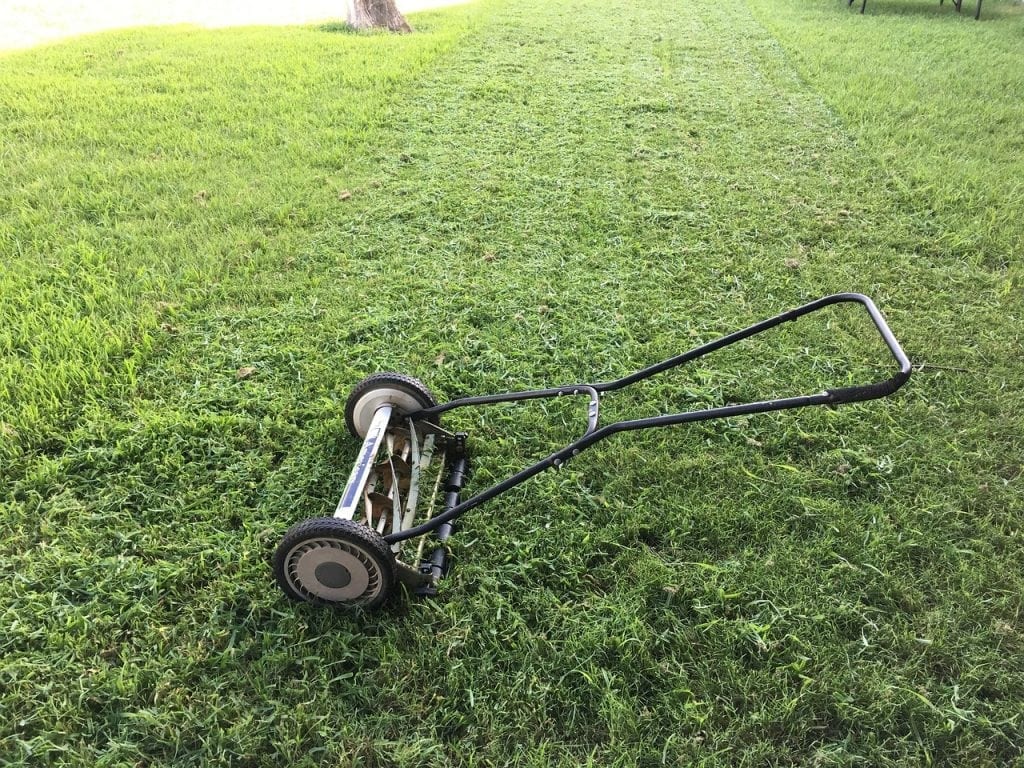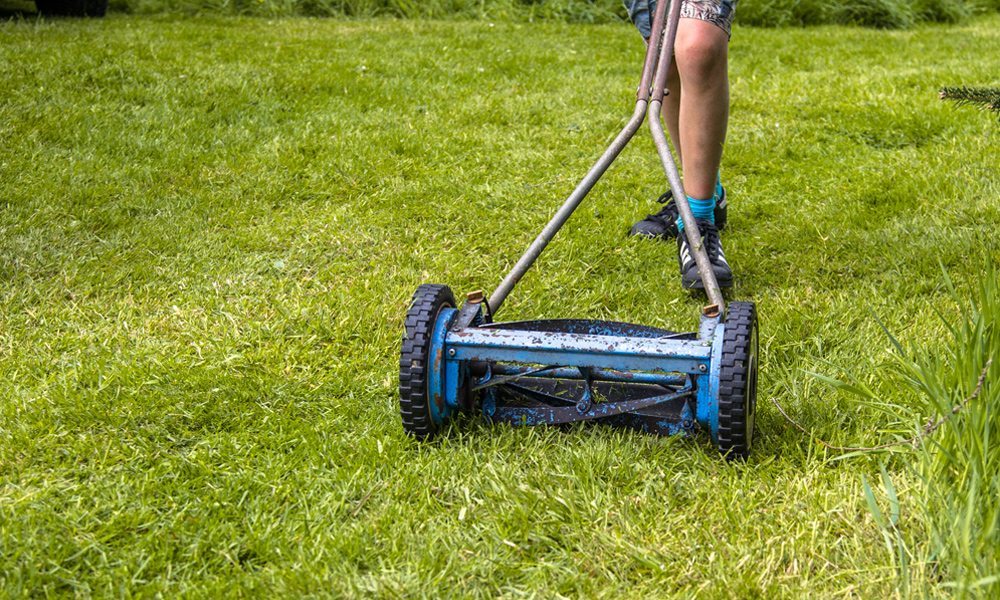How to Sharpen Reel Mower Blades
A Complete Guide to Keeping Your Reel Mower's Blades Sharp and Efficient
A reel mower is an eco-friendly, low-maintenance alternative to traditional gas or electric mowers. Keeping the blades sharp is essential for a clean, even cut, healthy lawn. This comprehensive guide will cover how to sharpen reel mower blades, including general knowledge, helpful tips, and advice.
Benefits of Using a Reel Mower
Reel mowers are an excellent option for maintaining your lawn while minimizing environmental impact. They are quiet, easy to maneuver, and offer numerous benefits over traditional gas or electric mowers. According to a study by the University of California, Riverside, gas-powered lawn mowers can emit significant amounts of air pollution. Switching to a reel mower can help reduce your carbon footprint and improve air quality. However, to ensure optimal performance, it is vital to keep the blades sharp.
Signs Your Reel Mower Needs Sharpening
If you notice any of the following signs, it’s time to sharpen your reel mower blades:
- Uneven cuts: A dull blade can leave your lawn looking patchy and uneven.
- Frayed grass tips: Dull blades can tear the grass rather than cutting it cleanly, leaving frayed tips that can turn brown.
- Difficulty pushing the mower: If the mower is challenging to push, it could be due to dull blades, as they don’t cut the grass efficiently.
How to Sharpen Reel Mower Blades: A Step-by-Step Guide
Before starting, gather the following tools and materials:
- Reel mower sharpening kit
- Protective gloves
- Eye protection
- Rags or towels
- A flathead screwdriver
- A brush or cloth
Step 1: Prepare the Mower
- Position the mower on a flat surface.
- Use a flathead screwdriver to remove the mower’s wheel and side cover.
- Clean the blades with a brush or cloth to remove any dirt or grass clippings.
Step 2: Apply the Sharpening Compound
- Put on your protective gloves and eye protection.
- Apply the sharpening compound (included in the sharpening kit) to the cutting edge of each blade.
- Reassemble the mower, making sure the wheel and side cover are securely attached.
Step 3: Sharpen the Blades
- Adjust the reel mower’s cutting blade against the bed knife (the stationary blade). Ensure the blades make contact, but do not tighten too much.
- Push the mower forward for several minutes to sharpen the blades. The friction between the blades and the bed knife will sharpen the cutting edges.
- Once the blades are sharp, back off the adjustment to create a small gap between the cutting blade and bed knife. Check the manufacturer’s recommendations for specific settings.
Step 4: Clean and Lubricate
- Clean any remaining sharpening compound off the blades using a rag or towel.
- Apply a lubricant, such as WD-40, to the blades to prevent rust and ensure smooth operation.
- Test the mower on your lawn to ensure it’s cutting efficiently.
Additional Tips
Safety Precautions
- Always disconnect any power source before working on your reel mower to avoid any accidents.
- Wear proper protective gear, such as gloves and eye protection, when sharpening the blades to prevent injuries.
- Keep children and pets away from the work area while sharpening the mower blades.
Proper Storage and Maintenance
- Store your reel mower in a dry, covered area when not in use to protect it from moisture and rust.
- Inspect your mower regularly for loose parts or signs of wear and replace or repair them as needed.
- Clean your mower after each use to remove grass clippings and debris, which can dull the blades and lead to rust.
Additional Techniques for Sharpening
- If you prefer not to use a sharpening kit, you can use a file to sharpen the blades manually. Make sure to follow the blade’s angle to maintain the proper cutting edge.
- For heavily worn blades or those with nicks and damage, consider seeking the help of a professional sharpening service to ensure the blades are restored correctly.
Frequency of Sharpening
- The frequency of sharpening will depend on how often you use your reel mower and the type of grass you’re cutting. As a general rule, sharpen your blades at least once a season, or when you notice any signs that they need sharpening (uneven cuts, difficulty pushing the mower, etc.).
Mowing Tips for Reel Mowers
- Keep your lawn mowed regularly to prevent the grass from growing too tall, which can make it more difficult for a reel mower to cut effectively.
- Mow your lawn when the grass is dry to prevent clumping and ensure a cleaner cut.
- Change your mowing direction each time you mow to encourage even grass growth and prevent rut formation.
- Regularly maintain your lawn mower to ensure optimal performance and prolong its lifespan.
- Consider purchasing lawn mower accessories to improve your mowing experience.
- If you’re considering a new mower, explore the different types of lawn mowers to find the best option for your needs. Options include battery-powered, corded electric, self-propelled, and robot lawn mowers.
- Consider the size and terrain of your lawn when choosing the right lawn mower. For small yards, a reel mower or a push mower might be more suitable.
- Learn how to identify lawn diseases and how to level a bumpy lawn to keep your grass healthy and beautiful.
Conclusion
Sharpening your reel mower blades is essential for maintaining a healthy lawn and ensuring the mower operates efficiently. By following this step-by-step guide and incorporating regular maintenance, your reel mower will provide years of reliable service. If you’re in the market for new lawn care equipment or seeking more information, visit Best of Machinery for comprehensive reviews, how-to guides, and expert advice.

